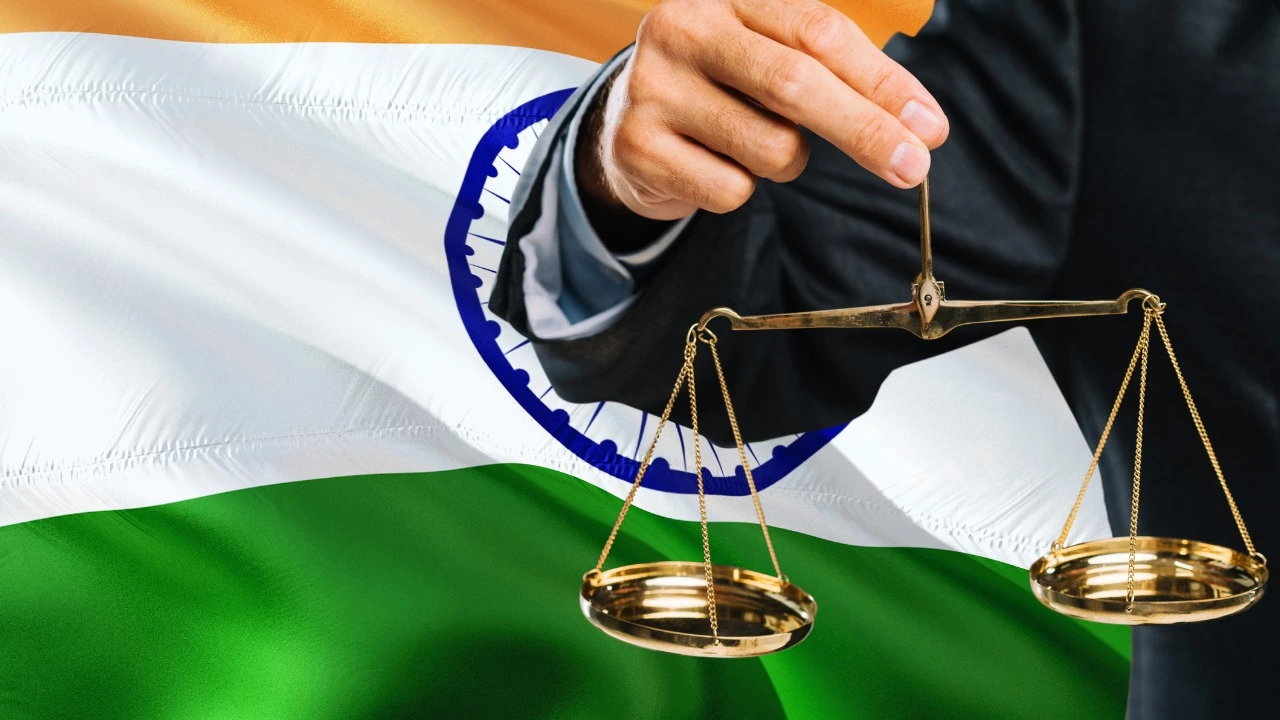Legal procedure made simple: bail, petitions and real cases
Legal procedure sounds heavy, but you actually deal with it more than you think. From filing an FIR to asking for bail, every step follows clear rules. This page collects useful guides and news stories so you can learn what matters fast.
Take bail, for example. Bail is not freedom forever — it’s permission to stay out of jail while your case runs in court. There are short-term arrests, police remand, and judicial custody. A bail hearing looks at flight risk, severity of the offence, and whether you might tamper with evidence. Courts often set conditions: surety, regular reporting, or travel limits. For special laws like MCOCA (used in organised crime cases), courts check stricter tests before granting bail.
Real news helps you see how this works. A recent Supreme Court order let a convicted person walk free on bail after 17 years, reminding us that appeals and higher court reviews can change outcomes years later. That case shows how appeals, legal interpretation, and procedural rules interact over long timelines.
How to send suggestions to the Supreme Court of India
Want to send a suggestion to the Supreme Court? Follow a simple, practical route. Write a short, polite letter stating your issue and proposed change. Add your name, address and phone number. Attach any clear documents or examples. Print and sign the letter. Send it by registered post to the Registrar, Supreme Court of India. Keep copies and tracking details. The court gets many submissions, so focus on clarity and respect. Don’t expect a direct legal response, but well-made suggestions do get considered.
If your point is legal or policy-based, phrase it as a clear proposal. If it's about a specific case, avoid sending confidential or privileged material. Public interest ideas and well-structured drafts are more likely to reach the right desk.
Quick guide to common steps in criminal cases
1) FIR and investigation: Police register an FIR if a cognizable offence is reported. Investigation gathers evidence and records statements. 2) Charge sheet: If investigators find enough evidence, they file a charge sheet in court. 3) Trial: The court hears witnesses, examines evidence, and decides. 4) Bail and custody: Bail applications can come at different stages. 5) Appeal: If the verdict goes against you, appeal in a higher court. 6) Special remedies: Writ petitions and curative steps exist for urgent legal claims.
Each step has timelines and paperwork. Missing a deadline or proper format can hurt a case. That’s why short checklists and templates matter more than long theory.
Want practical examples? Read our posts on high-profile bail orders, how courts interpret organised crime laws, or step-by-step instructions for sending legal suggestions. These pieces show real outcomes and plain steps you can follow.
Need to act fast? Start by listing facts, collecting documents, and noting key dates. If a matter is urgent, approach the right court or a lawyer for immediate help. For non-urgent matters, use the tips above to draft clear submissions and follow up patiently.
Explore the articles on this tag for clear how-tos, recent rulings, and plain-language explanations that cut through legal jargon.
Can I file a case directly in the Supreme Court of India?
Hey there, folks! So, you have a burning question - can you march right up to the Supreme Court of India and file a case? Well, hold your horses, it's not exactly a walk in the park. The Supreme Court primarily deals with appeals and cases that involve interpretation of the Constitution. So, unless your case is the legal equivalent of a Bollywood blockbuster, you'll likely start at the lower courts. So, in short, you can't just waltz into the Supreme Court with a case unless it's got some serious constitutional spice!
learn more